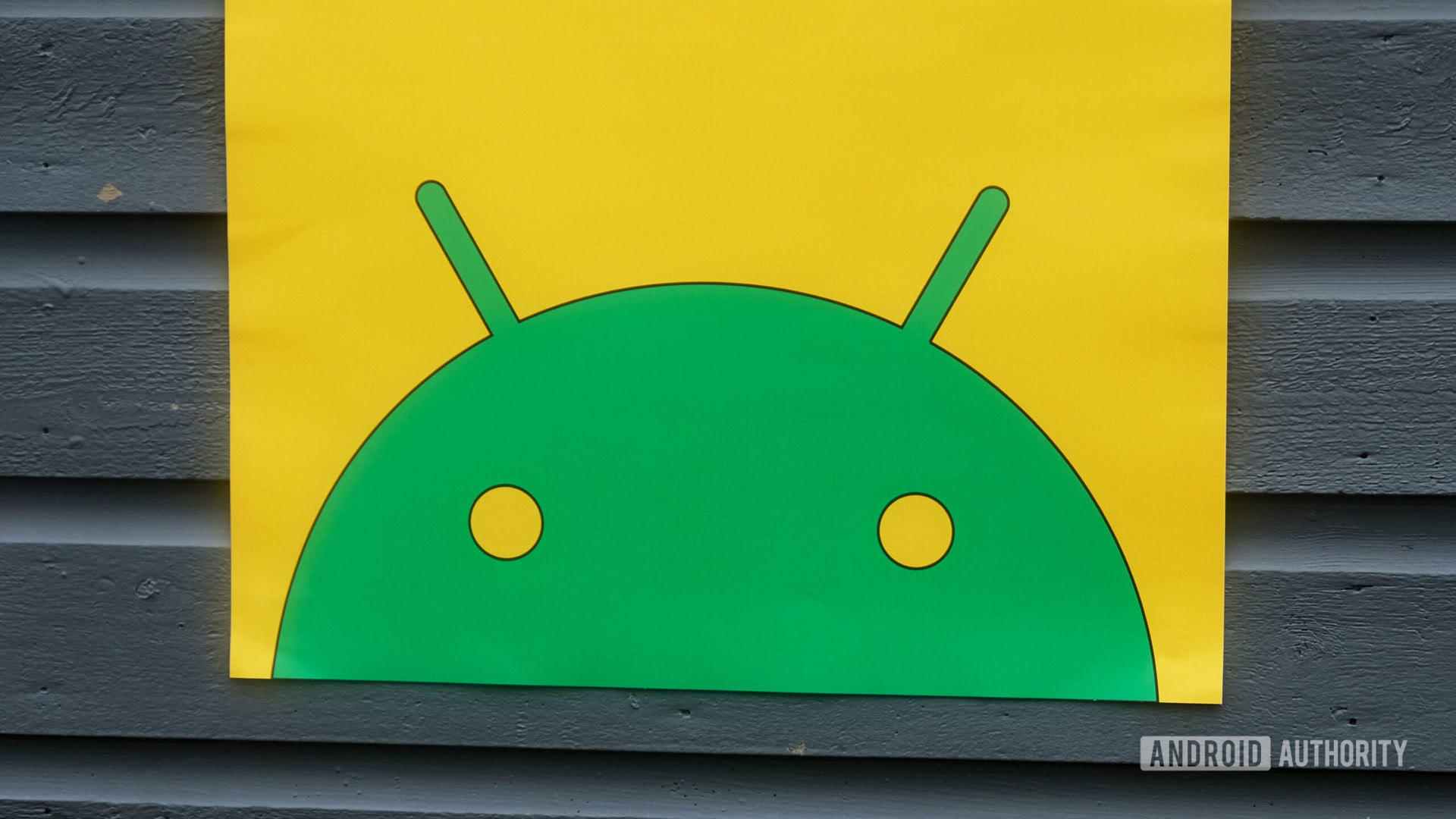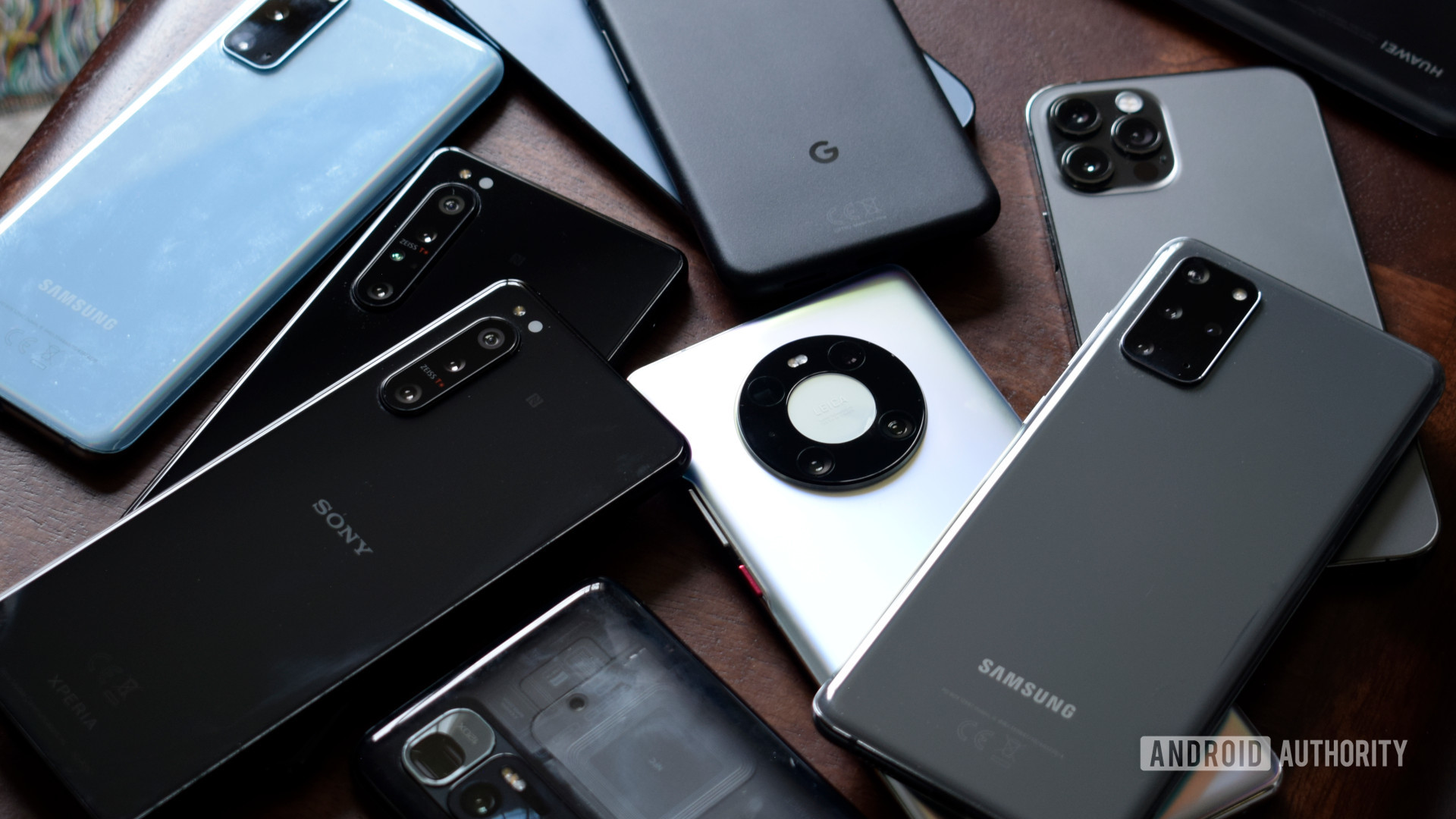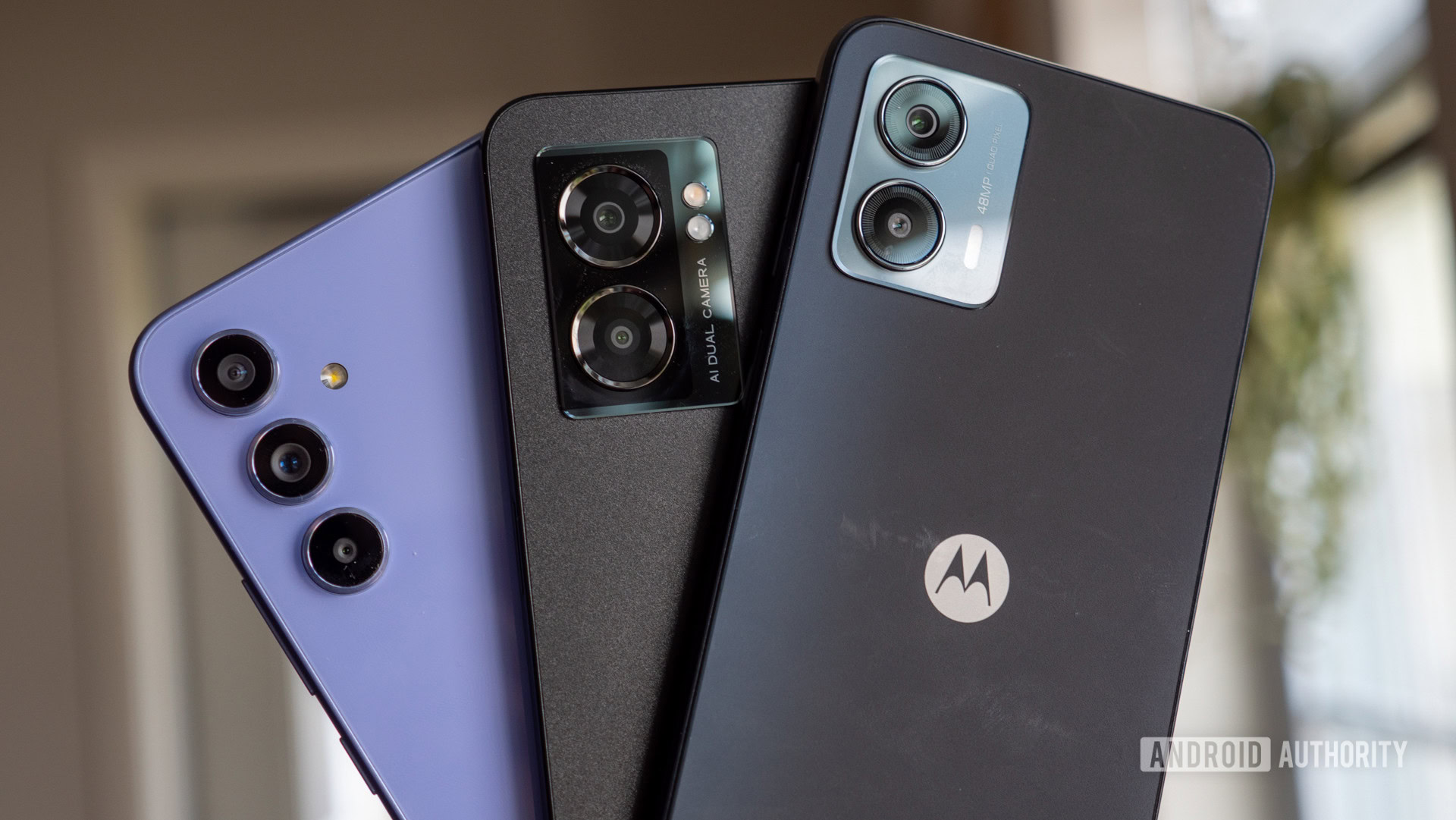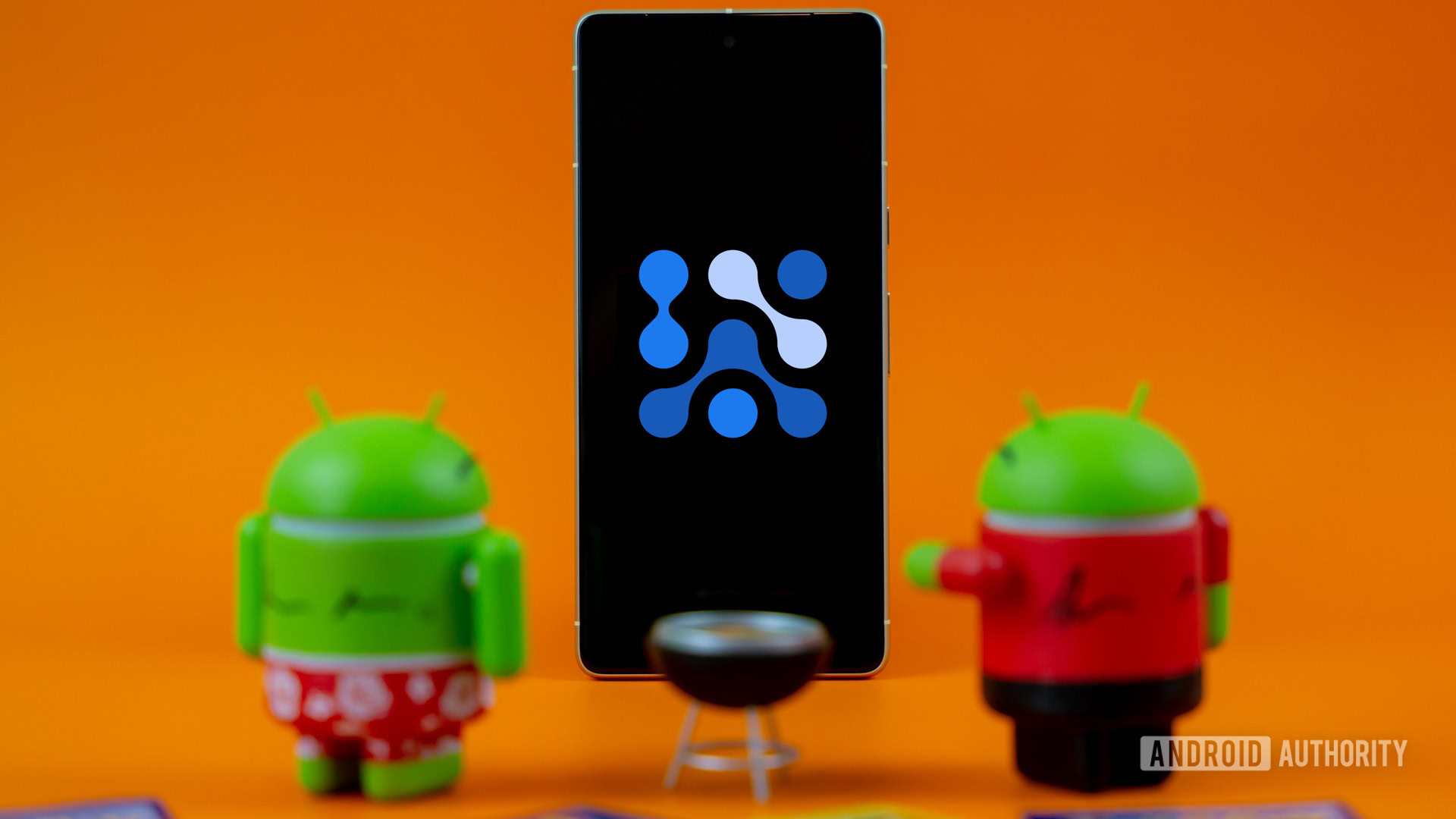Affiliate links on Android Authority may earn us a commission. Learn more.
Don't judge all of Android by the worst of Android
Published onJune 18, 2023

This year hasn’t been great for Android so far. In two recent reports, Consumer Intelligence Research Partners (CIRP) showed that more people than ever are jumping ship from Android to iOS. The agency says that most of these folks — about 53% — leave because of “prior phone problems.” In other words, the users weren’t happy with their Android phone’s performance in some way and decided iOS would be a better fit.
In other regions of tech, this kind of conclusion can make sense. For example, a Garmin smartwatch will be vastly superior for hardcore runners than something like a Fitbit. However, a Fitbit would likely be better for someone who isn’t an athlete but wants to keep tabs on their overall health. Experiencing any device on either of these platforms and deciding you’d rather be in a different ecosystem does not mean the original platform sucks: it just means it isn’t a good fit for your needs.
My concern with people leaving Android for iOS because of “prior phone problems” is that at least some of those people will not have experienced the best of Android phones. Instead, they might have experienced the worst of Android and jumped ship based on that poor experience. It saddens me to think that there are smartphone users out there who think the platform as a whole is terrible and are basing that opinion on predictably terrible experiences with phones that were never intended to be a good example of what Android can be.
Android’s ecosystem is incredibly vast

In the world of Android phones, there are three main tiers. At the top, you have expensive premium models — costing anywhere from $700 to $2,000 — that offer high-end hardware and frequent software support (well, most of the time, anyway). Under that, you have the mid-range phone tier. These phones are anywhere from $300 to $700. They usually slash out premium features that the majority of users can live without (wireless charging, for example) while keeping the premium features they want the most (a fast processor, for example). Finally, at the bottom, you have budget phones which cost less than $300 with low-end hardware, software that rarely gets updated, and other concessions to keep the price as low as possible.
In each of those three tiers, you’ll see dozens or even hundreds of phones launched annually. On top of this, I can name a dozen multi-billion dollar companies that make Android phones, with each one putting its own stamp on the hardware and software. In other words, the Android experience can vary wildly depending on the company you buy from and the tier in which that phone appears.
It takes a lot more than using one budget Android phone to understand the world of Android.
All this means that the old adage of “if you’ve seen one, you’ve seen ’em all” does not, in any way, apply to Android smartphones. To get a complete idea of what the platform is, you’d need to use many different phones from multiple OEMs to understand both the best and the worst of Android.
This is pretty much the opposite of how iOS works. In the world of iOS, there is no budget tier. The iPhone SE (2022) — the most recent “cheap” phone from Apple — is $429, making it firmly a mid-ranger. Likewise, the cheapest phone in the iPhone 13 series is $799, making it a premium model. To get anything below the $300 range, you’d need to buy a used iPhone. Then, because Apple keeps its phones updated for so long (six years, on average), even your used, sub-$300 iPhone will get the latest version of iOS for years before aging out.
In addition to this, all iPhones are the same. There are no iOS skins like there are Android skins. No other company makes iPhones, so every iPhone comes from Apple’s in-house design team. That old adage mentioned before does apply to iPhones: if you’ve used one, you’ve used ’em all.
When it comes down to it, if someone tries out Android with a $300 budget phone and has a bad time with it, yeah: any iPhone is going to be a lot better. No question. But has that person truly experienced Android and what it can do? Definitely not. This is one of the biggest problems Google faces, especially when you consider just how easy it is to get the worst of Android.
It is too easy to get the worst of Android

Android is accessible to everyone at all budget levels. Even the most disadvantaged people in developing nations can get an Android phone, some of which are less than $50. This is both a blessing and a curse. On the one hand, it’s great that everyone can afford one. Smartphones are essential in our connected world, and it’s fantastic that Google’s open-source operating system levels the playing field so less privileged folks aren’t left behind. On the other hand, all those cheap phones out there dilute the Android brand. On top of this, getting the cheapest, worst Android phone on the market is so much easier than getting an iPhone or a premium Android phone.
For example, a US customer could walk into a T-Mobile store today with nothing in their pockets and walk out with a new budget Android phone. At the time of writing, there are a whopping ten Android phones you could choose from with $0 down (and, notably, zero iPhones). All ten of them have an MSRP under $300. We’ve reviewed some of them at Android Authority — such as the OnePlus Nord N300 — and found them decent enough for what you’ll pay. However, our reviews of phones like these constantly call out how much better of an experience you’ll have with something slightly more expensive, to say nothing about premium flagships.
Getting a cheap Android phone is as easy as walking into a carrier shop. You don't even need to trade anything in.
But for someone trying to spend as little as possible, how could they pass up spending literally nothing? Why would they instead opt for a phone that requires a down payment or trade-in? The Nord N300 has a fine enough camera, a pretty big battery, a display that works, and it will make phone calls, send text messages, and install apps. What else does a person need?
Of course, that user will figure out why other phones cost more money when they stop getting software updates, the phone physically breaks due to shoddy construction, or they are constantly frustrated using the dim, low-res display in sunlight. Meanwhile, their iPhone-owning friend has none of these problems. Conclusion? Android sucks, and iPhones are better. This person then becomes one of the 53% of new iPhone adopters discussed at the beginning of this article.
It’s a shame that one of Android’s greatest strengths — being easily accessible to anyone worldwide — is also its biggest downfall. I only wish that people looked at Android phones the way they look at other things — like video games, for example.
Android is like video games: You need to hunt

I know it might seem weird to talk about video games in an article discussing “the worst of Android,” but bear with me for a sec. In the world of video games right now, there’s a huge problem: AAA games that are hot garbage launching in an unfinished state for $70 each. We saw this most recently with two high-profile releases: Redfall (a first-person shooter from Bethesda) and The Lord of the Rings: Gollum (an action-adventure game from Daedalic Entertainment). Both games received absolutely terrible reviews, and the backlash got so bad that the developers needed to issue public apologies.
Now, these two terrible games coming out don’t ruin how people perceive first-person shooters or third-person action-adventure games. Likewise, they’re not going to stop people from buying future Bethesda or Daedalic games if those games turn out to be good. They certainly aren’t going to stop you from playing video games, either. Gamers view these terrible titles as a singular problem in a complicated industry.
You don't boycott video games or a game studio because of one bad title. This should be the case for Android phones too.
I really wish everyone viewed Android phones this way. As with video games, there are so many phones launched each year that are not good enough. But, just like with video games, there are also some truly wonderful releases each year. In both cases, you need to know how to hunt to find what’s best for you.
Can you imagine someone firing up Steam and just randomly selecting a game to buy and play? The chances are very high that they’d land on something bad because a lot of what’s on the Steam store is not good. Do we drop Steam for another platform? Of course not, because Steam is still the best way to buy video games for your PC. You just need to understand how to use it.
Android is exactly the same. You need to understand how it works to get what’s going to work best for you. Yes: this requires more work than buying an iPhone, which is dead simple. That doesn’t mean that Android is bad, though. It just means you didn’t find the device that fit your needs. You can’t base your opinion of Steam on Redfall, and you can’t base your opinion of Android on the free budget phone you got from your carrier. The worst of Android is there for a reason — to give everyone the ability to own a smartphone. But that phone shouldn’t be the standard by which the entire ecosystem is judged.